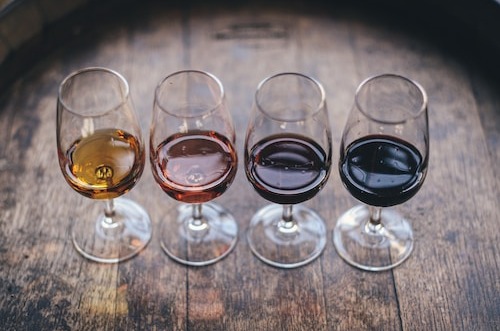
In W32 in the wine landscape, the French Ministry of Agriculture forecasts that French wine production in 2023 will range from 4.4 billion to 4.7 billion liters, aligning with the average of 2018 to 2022. Champagne and Burgundy show positive prospects. On the other hand, Bordeaux, which was affected by mildew disease due to adverse weather from May-23 to Jun-23, impacted the production outlook in Bordeaux and Southwest France. In addition to mildew, other vine diseases (oidium, botrytis) led to substantial losses, potentially reaching up to an average of 30% in production areas, particularly in the Southwest France region. The grape harvest is anticipated to follow a more regular schedule this year, with a clearer outlook expected in late August once the harvest is underway. In addition, falling demand for red wines, which are out of fashion among younger drinkers, has prompted the government to help producers. The wine sector is requesting expanded government funding for a distillation program to clear 300 million liters of wine stocks, primarily in Bordeaux and the southern region of Languedoc-Roussillon.
Russia has restricted importing wines from unfriendly countries since August 1. Currently, Russia has approximately 300 million liters of imported wine in stock, equivalent to 370 million 0.75-liter bottles, which could sustain the country for over six months, even with a complete ban on foreign wine imports. In addition, Russia is expanding its domestic vineyards and wine production. As a result, higher import duties and additional fees have been introduced for very inexpensive foreign wines. The new customs duty rate, in effect until December 31, 2023, is 20% for still and sparkling wines (increased from 12.5%). Furthermore, super-cheap wine from unfriendly countries will face an additional charge of at least USD 1.5/liter.
In the first half of 2023, Portuguese wine export value rose 3.9% while export volume rose 2.19%, to USD 487.10 million and 158.3 million liters, respectively, compared to the same period in 2022. This growth was driven by a volume increase in exports of 3.4 million liters and a slight rise of USD 0.054 in the average price per liter, reaching USD 3.08/liter. The export value growth was lower than in 2021, at 2.29%, attributed to a 1.55% decline in the first half of 2022. Notably, the United Kingdom (UK), Brazil, and Angola showed increased wine exports by USD 14.47 million, USD 6.64 million, and USD 4.35 million, respectively, possibly due to greater raw material availability and market stabilization after the Ukraine conflict. The focus remains on elevating average wine prices, a primary objective for Portuguese wines.
Lastly, Italian wine exports experienced a year-on-year (YoY) decline in May, amounting to USD 780.27 million. However, the year-to-date balance remained positive at a 0.4% increase, reaching USD 3.35 billion. Over the past 12 months, exports maintained a 4.7% growth, totaling USD 8.58 billion. Yet, the target of reaching USD 8.71 billion seems less achievable in light of recent developments.





